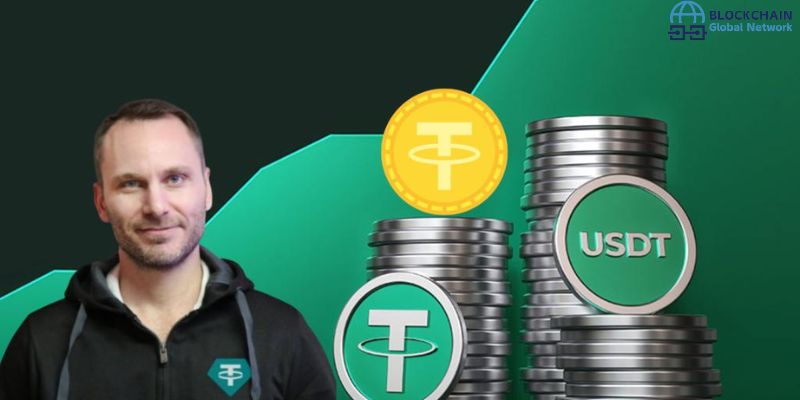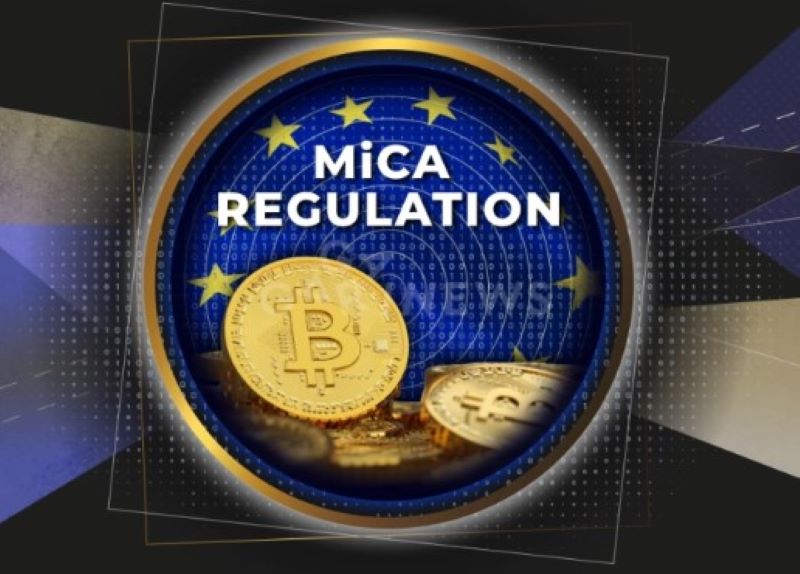Starting from December 30, the MiCA (Markets in Crypto-Assets Regulation) will officially come into effect in the European Union (EU). This marks a significant step towards establishing a legal framework for the cryptocurrency industry, aimed at enhancing transparency and protecting consumers. However, will MiCA create opportunities or become a constraint on the growth of crypto?
The Context Behind MiCA’s Introduction
With the explosion of cryptocurrencies and blockchain technology, the EU recognized the need for a comprehensive regulation to manage the crypto market. MiCA is not just a mere regulatory framework; it reflects the shifting landscape of the digital economy, especially as stablecoins and DeFi (Decentralized Finance) gain traction.

Key Provisions of MiCA
One of the most controversial provisions in MiCA is the requirement for stablecoin issuers to maintain at least 60% of their reserves in European banks. While this aims to ensure the stability of stablecoins, it raises concerns about systemic risk.
- Systemic Risk
The CEO of Tether has pointed out that this regulation could lead to “systemic risk.” European banks often lend up to 90% of their reserve assets, meaning that in times of crisis, the assurance of repayment may not be adequate. This scenario was evident with USDC, which lost its peg to $0.87 in March 2023 when Circle couldn’t withdraw $3.3 billion from Silicon Valley Bank.
- Relocating Operations
To avoid these restrictions, Tether has opted to leave Europe. Many experts worry that if the stringent provisions of MiCA are not adjusted, Web3 companies will “migrate” to regions with more lenient regulatory frameworks, such as the Middle East. This could not only impact the crypto industry in the EU but also diminish the region’s competitive edge in the future.

MiCA: Opportunity or Challenge?
Despite the concerns, the introduction of a regulatory framework in the EU remains a significant advancement in promoting transparency and safety for investors. MiCA is expected to create a clearer legal environment for businesses in the crypto sector, thereby fostering the industry’s growth.
- Enhancing Consumer Protection
One of the major goals of MiCA is to protect consumers. With clear regulations regarding stablecoin issuers, consumers can feel more secure when investing in crypto products. This will also enhance trust in decentralized finance platforms and encourage the development of new financial services.
- Creating New Investment Opportunities
A solid regulatory framework can reassure investors, encouraging them to allocate capital to crypto projects. This could spark a new wave of investment and drive the growth of products and services related to blockchain technology.

MiCA – A Necessary Step or a Constraint?
While MiCA is viewed as a necessary measure to regulate the crypto industry, it also poses challenges for businesses. Adjusting stringent terms and ensuring that this regulation does not stifle the growth of blockchain technology will be crucial in the coming period.
We are living in an era where financial technology is undergoing a significant transformation. MiCA could serve as an opportunity for the EU to become a leading crypto hub, but it could also become a constraint if not applied flexibly and appropriately.
It is hoped that lawmakers will listen to feedback from the crypto community and adjust regulations accordingly, ensuring that the EU does not become a “deserted area” for innovative tech companies. Only time will reveal the accurate answer to this question.
Follow Blockchain Global Network for the latest insights, news, and trends in the world of blockchain and cryptocurrencies. Join our community and be part of the future of finance!

RELATED POSTS
Crypto coin lead in: Important details for investors
In the fast-paced world of...
MicroStrategy Short Squeeze: Opportunities in the Crypto
The MicroStrategy short squeeze is...
What is ETH Analysis? Trends, Predictions, and What’s Next for Ethereum
Ever wondered what makes Ethereum...
Exploring 2 Roles of Permissioned Blockchain
A permissioned blockchain restricts access...
Deflationary Currency – How it works and its impact on the Economy
In today’s evolving financial landscape,...
Zotto Airdrop – Accelerating Meme Coin Trading
The Zotto Airdrop is attracting...
Comedian Airdrop – Token BAN Leads the Memecoin Trend
In the world of memecoins,...
Vulnerabilities Identified: Is Your Smart Contract Exposed?
Critical smart contract security issues...
Wormhole Airdrop – Take Advantage of 3 Valuable Investment Opportunities
Wormhole Airdrop is not only...
dGEN1 Airdrop: Explore the opportunity to receive free Tokens
Discover the dGEN1 Airdrop, an...
Crypto Crashing and 3 important investment implications
Crypto Crashing has shaken the...
How long does the crypto bull market last?
How long does the crypto...
Blockchain Technology News Update – HOT Trends for 2025
Blockchain technology news is abuzz...
What is the current market price of Bitcoin? Insights into today’s fluctuating values
What is the current market...
Launch of Grass Season 2: Exciting Airdrop opportunities
Following the remarkable success of...
Passive Earnings with UPhone by U2U Network
UPhone by U2U Network is...